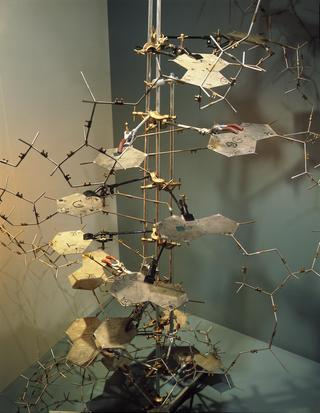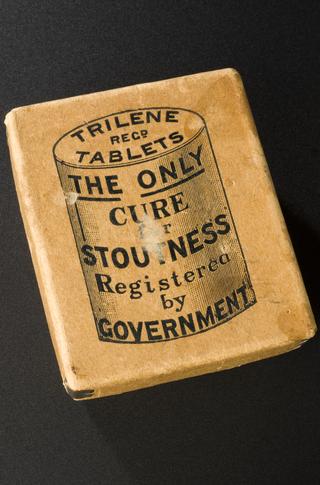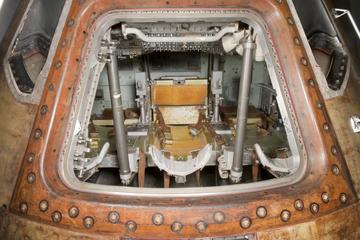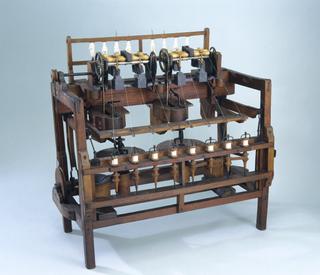
Colchester 2000L CNC lathe
- Made:
- 1985-2000 in Colchester








Colchester 2000L CNC lathe fitted with FANUC 6-TB numerical control system. Today CNC (Computer Numerical Control) machine tools are indispensible for the mass production of all types of industrial products. They can automatically cut and shape metal parts much quicker and more accurately than human machinists
Computer Numerical Control, often abbreviated to CNC, has revolutionised how machine tools are used to make metal components since the 1950s. The first machine tools were manually controlled, and then controlled by mechanism, often in the form of cams. The former required very high levels of operator skill to repeatedly produce a workpiece to exactly the same dimensions, the latter was relatively inflexible and required extensive preparation to manufacture a new workpiece. Numerical Control uses computer software to translate the abstract information comprising the dimensions of the workpiece into physical movement of the cutting tool. This automation allows very high accuracy to be repeated with very little deviation, quickly, and flexibly if required.
Details
- Category:
- Production Machinery
- Object Number:
- 2000-793
- Materials:
- aluminium (metal), paint, plastic (unidentified) and steel (metal)
- Measurements:
-
overall: 1520 mm x 2580 mm x 1600 mm,
- type:
- lathes
- credit:
- 600 Lathes




